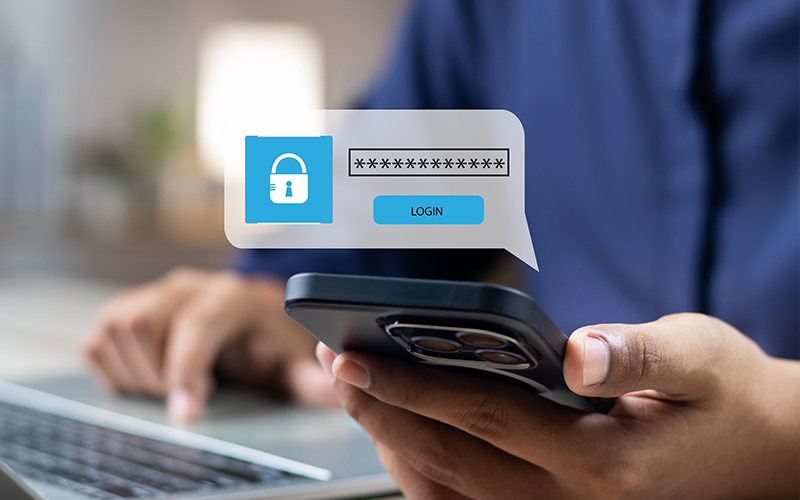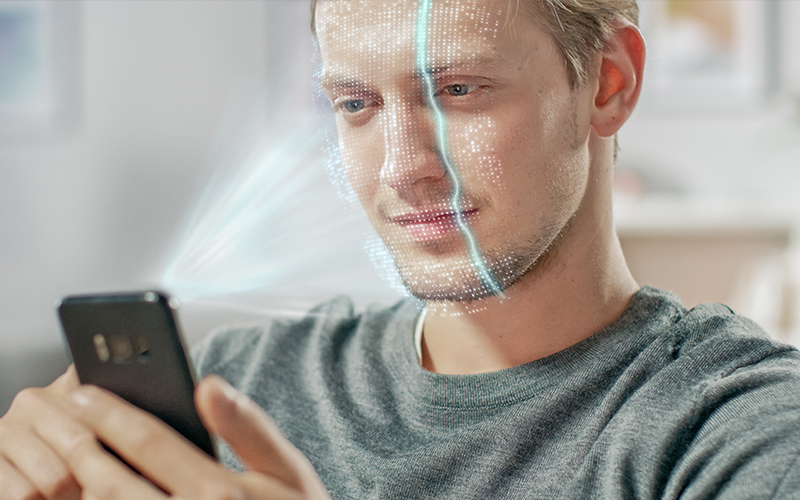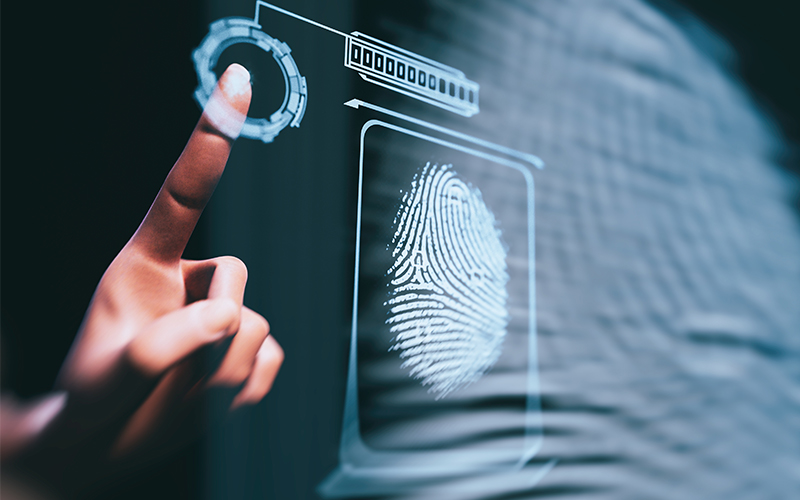CALL 1300 654 201 | GENUINE HID GOLD PARTNER
Maximising Security with Multi-Factor Authentication
A blog by IDW Technologies - Published: 07/03/2024
In an era where cybersecurity threats loom large over organisations, implementing robust controls is paramount to safeguarding sensitive data and systems from malicious actors.
As a solution, multi-factor authentication (MFA) has been developed as a vital security measure against unauthorised access to online services and sensitive data. As explored in our Blog Essential Eight Explained: Enhancing Cyber Security with HID DigitalPersona, MFA is also one of the Essential Eight strategies to mitigate cyber security threats.
Multi-Factor Authentication is also one of the Essential Eight strategies to mitigate cyber security threats. By requiring users to provide multiple forms of verification, MFA significantly reduces the risk of unauthorised access and enhances overall security.
This blog explores different methods of multi-factor authentication, emphasising the importance of phishing-resistant approaches to prevent cyber threats effectively.
Importance of Multi-Factor Authentication
Malicious attackers are relentless in their pursuit of user credentials, which can serve as gateways to compromising entire systems or networks. Whether through phishing attacks, brute force attempts, or exploiting weak authentication methods, these threats seek to exploit any vulnerability they can find. MFA adds an additional layer of defence by necessitating more than just a password or passphrase for access. This significantly raises the bar for attackers, making it harder for them to gain unauthorised entry.


Understanding Multi-Factor Authentication
Multi-factor authentication involves the use of two or more authentication factors, drawn from three categories:
- Something the user knows, such as a password, personal identification number (PIN) or passphrase.
- Something the user has, such as a smart card, smartphone, physical one-time password.
- Something the user is, such as a fingerprint pattern or facial recognition.
By combining factors from different categories, MFA provides a robust authentication mechanism that is more resilient to attacks than traditional single-factor methods.
Multi-Factor Authentication vs. Multi-Step Authentication
Multi-step authentication, often confused with multi-factor authentication, involves sequential access through multiple authentication verifiers. In multi-step authentication, access to resources occurs sequentially through various authentication verifiers, often without utilising multiple factors for a single user to a single verifier. This method is vulnerable to incremental compromise by malicious attackers, highlighting the importance of true multi-factor authentication for enhanced security. For this reason, multi-step authentication is not a suitable substitute for multi-factor authentication.


Evaluating Multi-Factor Authentication Methods
Not all multi-factor authentication methods are created equal. While all offer advantages over single-factor authentication, some are more effective than others. For instance, methods utilising public key cryptography, such as security keys, are considered highly secure due to their resistance to attacks like phishing and interception. Conversely, methods relying on less secure channels, like SMS messages or emails, are more susceptible to interception and exploitation.
1. Security Keys
Employ physical devices like USB keys for authentication and require interaction via button press, Near Field Communication (NFC), or biometrics, ensuring security through public key cryptography and FIDO2 certification.
2. Smart Cards
These rely on private keys stored on smart cards for authentication, involving unlocking the card with a PIN or password, but they are vulnerable to device compromise, necessitating software updates and secure handling.
3. Software Certificates
Software certificates utilise software certificates stored within a device's TPM, requiring a password or biometric data to access the TPM and offering secure authentication through private key signing and Windows Hello for Business.
4. Physical OTP Tokens
Employ physical tokens displaying time-limited one-time passwords (OTPs) for authentication, ensuring synchronised time between tokens and the authentication service, and requiring secure token handling and prompt reporting of lost tokens.
5. Mobile Apps
Generate time-limited OTPs via mobile apps for authentication, minimising costs for the system owner but potentially compromising device security, and requiring short-lived OTPs and prompt reporting of lost devices.
6. SMS Messages, Emails, or Voice Calls
Send time-limited OTPs for authentication, but they are vulnerable to telecommunication network issues and device compromises, requiring short-lived OTPs and prompt reporting of lost devices.
7. Biometrics
Utilise biometric data like fingerprints or iris scans for authentication, may suffer from false positives and negatives depending on reader quality, and require alternative authentication methods for users unable to enrol with biometrics.


Enhancing Multi-Factor Authentication Security with HID DigitalPersona
HID DigitalPersona offers a range of robust authentication solutions that enhance the security of multi-factor authentication (MFA). Organisations can implement advanced biometric authentication methods like fingerprint recognition or facial recognition, adding an extra layer of security by providing unique and immutable identifiers for user authentication. These biometric factors, along with phishing-resistant authentication methods such as smart cards or security keys, mitigate the risk of credential theft from phishing attacks. HID DigitalPersona's hardware-based authentication tokens generate unique cryptographic signatures for each authentication attempt, making it extremely difficult for attackers to intercept or replicate user credentials. By incorporating HID DigitalPersona solutions into their MFA framework, organisations can ensure secure access for all identities including employees, customers and vendors and enhance the overall security of their authentication process.
Back to You
By understanding the importance of MFA, evaluating different authentication methods such as HID DigitalPersona solutions, and implementing supplementary security measures, organisations can boost their defences and safeguard their sensitive assets against malicious threats. In the ever-evolving cybersecurity landscape, embracing multi-factor authentication is not just a best practice but a necessity for ensuring the integrity and security of online services, systems, and data repositories.
Reference: Implementing Multi-Factor Authentication | Cyber.gov.au 2023, Australian Government, Canberra.

